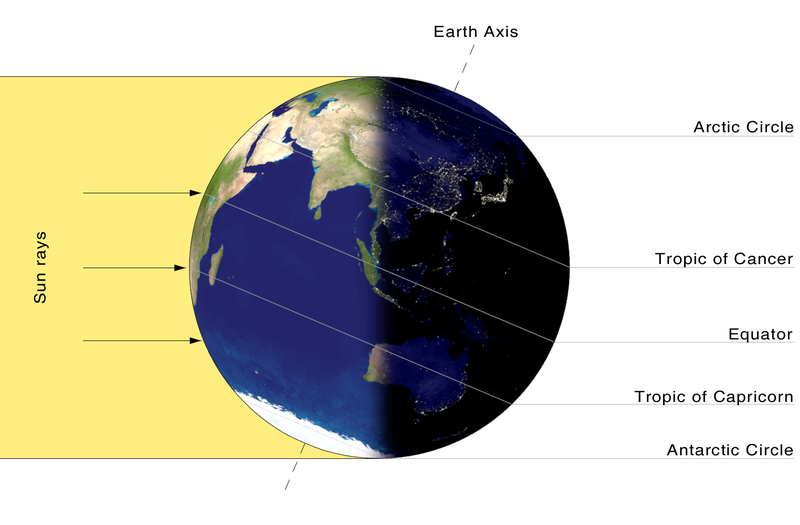Makar Sankranthi is one of the most auspicious days for the Hindus, and is celebrated in almost all parts of the country in myriad cultural forms, with great devotion, fervor & gaiety. Lakhs of people take a dip in places like Ganga Sagar & Prayag and pray to Lord Sun. Sankranthi is a festival of thanksgiving to nature. It is held during the season when rice and other cereals are harvested. For as long as people have been planting and gathering food, there has been some form of harvest festival.
People all over the world including the Japanese, Indians, Romans, Chinese and Korean have special days when they all give thanks for a bountiful harvest. The names, rituals and the tradition of these festivals may differ in their forms and presentations but their spirit is same, that is, a day is set aside to reflect on nature’s blessings like Chu’sok in Korea, Tori no Ichi in Japan, Ulavar Thirunaal in SriLanka, Thanksgiving in USA, Kwaanza in Africa.
This festival is celebrated as Pongal in the state of Tamil Nadu, ‘Bhogali Bihu’ in the North Eastern State of Assam, ‘Lohri’ in Punjab, ‘Bhogi’ in Andhra Pradesh and ‘Makar Sankranti’ in the rest of the country, including Karnataka, Maharashtra, Uttar Pradesh, Bihar and Bengal.
In Tamil Nadu, Pongal is a four day celebration. The first day of Pongal called Bhogi, is celebrated as a thanksgiving for rain, which results in an abundance of the harvest, thereby bringing plenty and prosperity to the land. This day is meant for domestic activities and of being together with the family members. Homes are cleaned, whitewashed and decorated with “Kolam -floor designs drawn in the white paste of newly harvested rice with outlines of red mud.
The Second day of Pongal, known as Surya Pongal, is a thanksgiving to the Sun.
The third day is known as Mattu Pongal, the day of Pongal for cows. This is a day when cattle are given a well deserved day of rest.
The culmination of the Pongal celebrations is called Kaanum Pongal. It is dedicated to the sun as the sun is the symbol of life on Earth.
Let kids enjoy the spirit of Sankanti by decorating some sugarcane cutouts, making kites’, making Sankranti cards with grains or making some til laddus :)
Tilgul gya goad bola!
References: Wikipedia



No comments:
Post a Comment